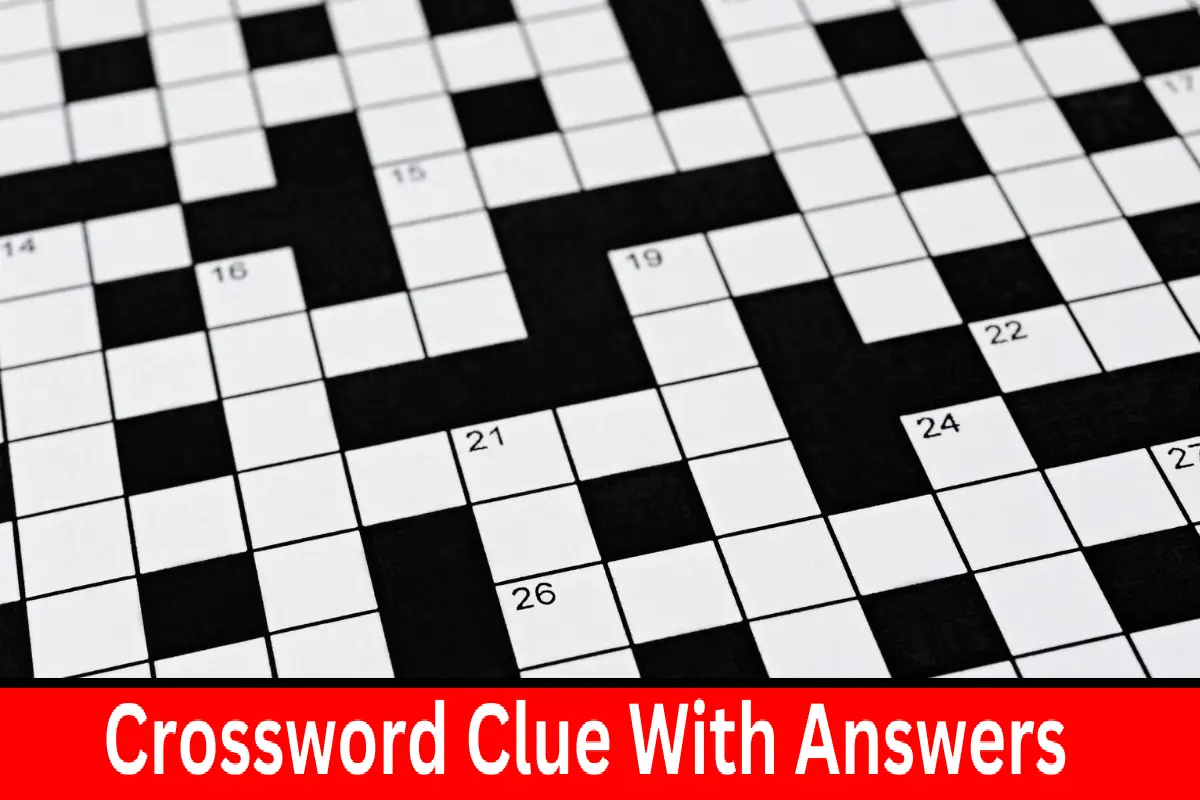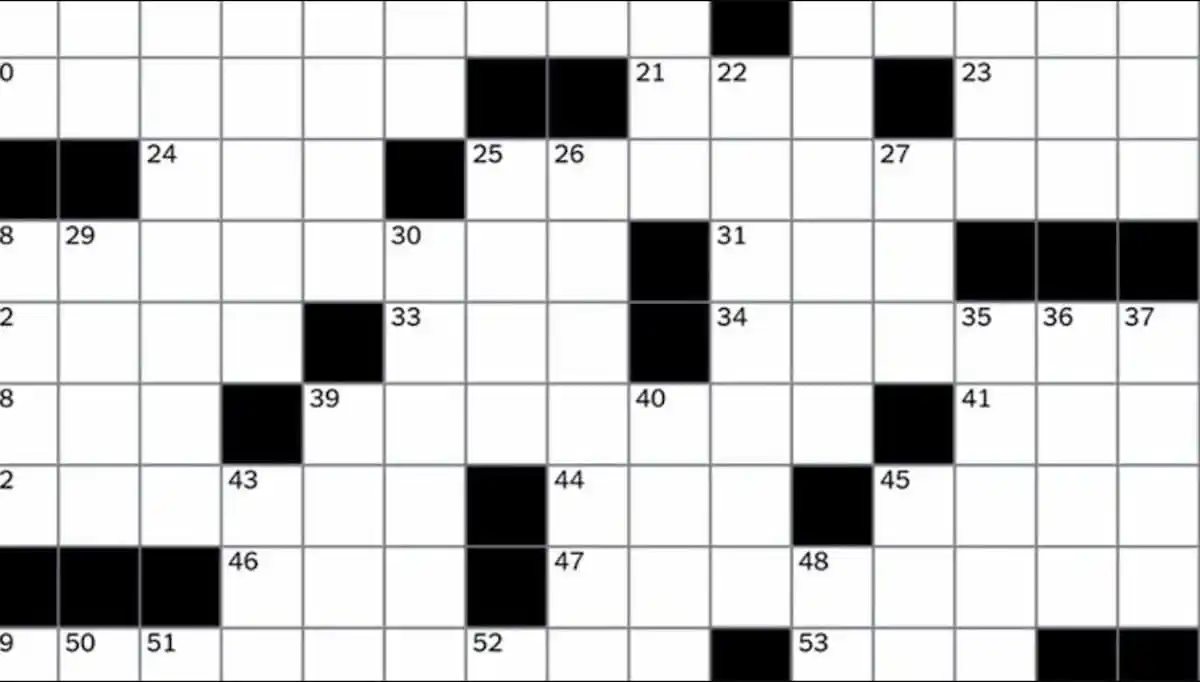Decoding The Mark Of Shame Crossword Clue: Origins & Impact
Ever stumbled upon a crossword clue that cuts deeper than just wordplay, forcing you to confront uncomfortable truths about human nature? The "mark of shame crossword clue" is one such enigma, a seemingly simple phrase that unlocks a Pandora's Box of historical, literary, and societal reflections. Its presence in a lighthearted puzzle belies the weight it carries, demanding we grapple with centuries of judgment, ostracism, and the enduring search for redemption. This exploration will venture into the multifaceted interpretations of this clue, navigating its historical underpinnings and its potent representations across literature and society.
The term "mark of shame" immediately evokes vivid imagery: Hester Prynne's scarlet letter, branding irons searing flesh, the hushed whispers of a judgmental crowd. This concept, tracing its lineage from ancient societal taboos to modern-day cancel culture, underscores the profound impact of guilt and disgrace on the human psyche. Beyond its historical context, the "mark of shame" in crossword puzzles acts as a concentrated dose of cultural commentary, urging solvers to contemplate morality, forgiveness, and the very essence of what it means to be human.
| Category | Information |
|---|---|
| Concept | Mark of Shame |
| Historical Origins | Ancient civilizations; use of physical marks (tattoos, brands) to denote criminals or outcasts. |
| Literary Significance | Nathaniel Hawthorne's "The Scarlet Letter" (Hester Prynne's scarlet "A" as a symbol of adultery). |
| Modern Manifestations | Social media backlash, public condemnation, cancel culture. |
| Psychological Aspects | Guilt, disgrace, ostracism, impact on self-esteem and mental health. |
| Role in Crossword Puzzles | Challenges solvers to critically think about implications of shame in various contexts. |
| Related Themes | Morality, forgiveness, redemption, social norms, justice, accountability. |
| Examples in Literature | "The Scarlet Letter," "The Crucible," "Crime and Punishment," "1984." |
| Symbolic Representations | Scarlet letter, branding of criminals, public humiliation, social media shaming. |
| Contemporary Relevance | Raises questions about accountability, justice, rehabilitation, and the ethics of public shaming. |
| Further Reading/Reference | Encyclopedia Britannica - Shame |
The historical roots of the "mark of shame" are both extensive and unsettling. Throughout history, societies have employed various methods to publicly degrade those who transgressed established norms. Ancient civilizations commonly used physical markings tattoos, brands, mutilations to denote criminals, slaves, or individuals deemed undesirable. These visible signs served not only as a means of identification but also as a constant reminder of their outcast status, reinforcing societal hierarchies and discouraging others from similar transgressions. Think of the gladiators marked as property, or the criminals branded for theft, their bodies turned into living billboards of their misdeeds. These practices, while barbaric by modern standards, underscore the enduring human impulse to visually differentiate and ostracize those who deviate from the accepted order.
- Discover Sulasok A Deep Dive Into Filipino Stilt Houses Today
- Is Sam Hartman Married Unveiling Sam Hartmans Wife Status 2023
The evolution of the "mark of shame" over time reveals a fascinating shift from the physical to the psychological. While visible punishments like branding and public shaming were once commonplace, modern interpretations lean more towards the intangible realms of social and emotional suffering. Social media, with its capacity for instantaneous and widespread judgment, has become a potent vehicle for contemporary shaming. A single misstep, a poorly worded tweet, or a controversial opinion can trigger a firestorm of online criticism, effectively branding the individual with a virtual "mark of shame." This digital scarlet letter can have devastating consequences, impacting careers, relationships, and mental well-being. The shift reflects a growing awareness of the psychological toll of shame and a nuanced understanding of its lasting effects, even in the absence of physical punishment.
- The Scarlet Letter: Embodiment of adultery and the oppressive weight of societal judgment, a constant public reminder of transgression.
- Branded Criminals: A stark historical practice, forever etching a person's crimes onto their very skin, denying them the possibility of anonymity or redemption.
- Public Humiliation: Stocks, pillories, and other forms of public display, designed to elicit shame and scorn from onlookers, reinforcing community values through collective judgment.
- Modern Social Media Backlash: The swift and often merciless condemnation on digital platforms, capable of inflicting lasting damage to reputation and mental health, a contemporary form of public shaming.
The inclusion of the "mark of shame crossword clue" in puzzles serves as a potent reminder of the interplay between language, culture, and societal values. Crosswords, often perceived as light entertainment, can surprisingly engage with complex and challenging themes. The clue's presence encourages solvers to confront uncomfortable aspects of human behavior, prompting reflection on historical injustices and contemporary ethical dilemmas. It's not merely about finding the right word; it's about understanding the weight of the concept and its enduring relevance in our world.
Crossword clues are not simply linguistic exercises; they are cultural artifacts, reflecting prevailing attitudes, historical narratives, and shared understandings. When a solver encounters the "mark of shame crossword clue," they are implicitly invited to consider the multifaceted implications of shame within a societal context. This engagement can spark conversations about morality, the nature of forgiveness, and the very essence of the human experience. It moves beyond mere puzzle-solving, encouraging participants to ponder the deeper philosophical questions that underpin human behavior and social norms. In essence, the crossword clue becomes a catalyst for critical thinking and a springboard for exploring complex ethical issues.
- Kimberly Guilfoyles Transformation Then Now Secrets Revealed
- Fortnite Unblocked Play Anywhere Risks Amp Benefits
Literature, throughout history, has served as a mirror reflecting the complexities of human emotions and societal structures. The "mark of shame" is a recurring motif, explored in countless narratives that delve into the consequences of transgression, the burden of guilt, and the possibility of redemption. From classic novels to contemporary works, authors have meticulously examined the impact of shame on individuals and communities. The "mark of shame crossword clue" acts as a portal to these rich literary landscapes, encouraging readers to revisit or discover narratives that illuminate the intricate dynamics of shame, forgiveness, and the moral dilemmas faced by characters grappling with their own imperfections.
Numerous literary masterpieces have utilized the theme of shame as a central driving force, shaping character arcs and propelling narratives forward. These works offer profound insights into the human condition, exploring the devastating consequences of societal judgment and the arduous path towards self-acceptance:
- The Scarlet Letter by Nathaniel Hawthorne: A timeless exploration of sin, societal condemnation, and the transformative power of individual resilience in the face of unrelenting judgment.
- The Crucible by Arthur Miller: A chilling reflection on the dangers of mass hysteria, the corrosive effects of public shaming, and the tragic consequences of sacrificing truth for social conformity.
- Crime and Punishment by Fyodor Dostoevsky: A psychological odyssey into the depths of guilt, moral anguish, and the arduous journey towards redemption through confession and acceptance of responsibility.
- 1984 by George Orwell: A dystopian portrayal of societal control achieved through pervasive surveillance, manipulation of language, and the systematic use of shame as a tool for suppressing dissent and enforcing conformity.
The influence of the "mark of shame" extends far beyond the pages of literature, permeating the fabric of modern society and shaping our interactions in profound ways. The advent of social media has ushered in a new era of public shaming, where individuals are perpetually vulnerable to instant judgment and widespread condemnation. This digital landscape presents unprecedented challenges, raising critical questions about accountability, justice, and the ethical implications of online shaming. The ease with which reputations can be tarnished and lives irrevocably altered underscores the urgent need for responsible online behavior and a greater awareness of the potential consequences of our digital actions.
Forgiveness emerges as a critical component in addressing the pervasive effects of shame, both at the individual and societal levels. Acknowledging the profound impact of shame opens the door to healing, reconciliation, and the possibility of personal and collective redemption. The "mark of shame crossword clue" serves as a timely reminder that while shame can be a formidable and destructive force, the cultivation of empathy, understanding, and compassion is essential for fostering growth, promoting forgiveness, and building a more just and equitable society. It necessitates a conscious effort to move beyond judgment and embrace the potential for transformation and renewal.
- Exploring The Megnut Fanbus What It Is Why Fans Love It
- Daniel Caesar Wife The Truth Facts About His Relationship Status

Use a crowbar Crossword Clue NYT 17 June 2023 SarkariResult

Acts Like Crossword Clue

Internal Fortitude Crossword Clue Twinfinite